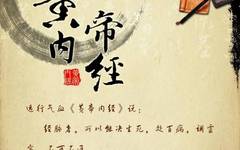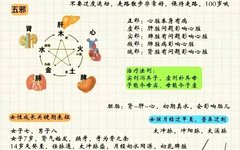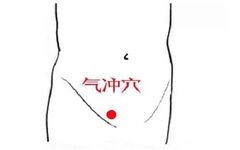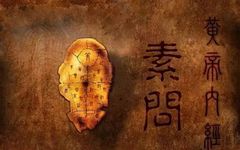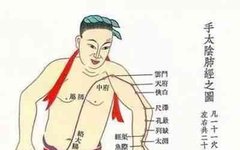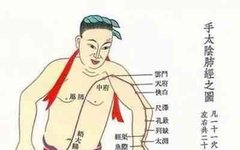A Detailed Discussion on the Huangdi Neijing
The Huangdi Neijing (Yellow Emperor’s Inner Canon) is divided into two parts: Ling Shu (Spiritual Pivot) and Su Wen (Simple Questions). It is the earliest existing theoretical work of Traditional Chinese Medicine (TCM) and one of the four great classics of traditional medicine (the other three being Nanjing (Classic of Difficult Issues), Shang Han Za … Read more


